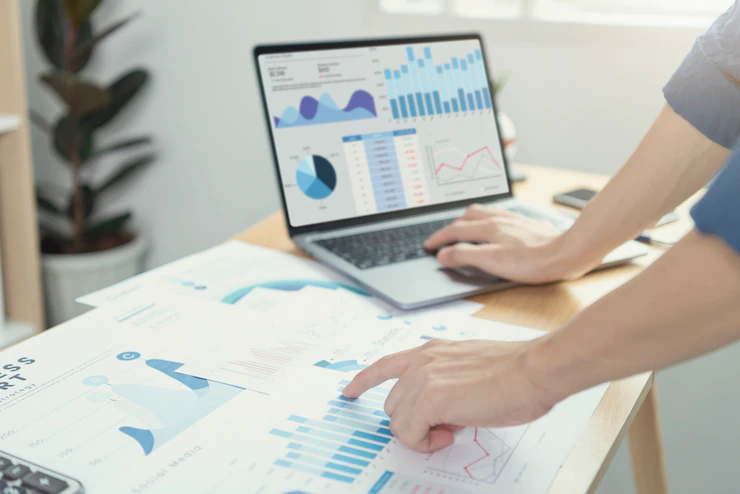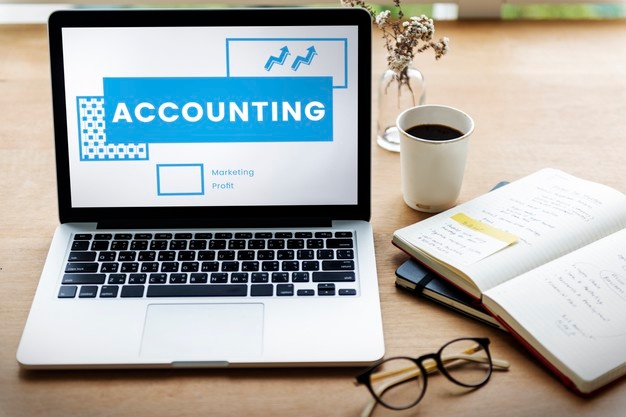When it comes to running a small business, maintaining a healthy cash flow is essential for sustainability and growth. Your business can be incredibly profitable but still ultimately fail because of improper cash flow management.
To prevent that from happening, here are some best practices that can help you better manage your cash flow and maintain the financial health of your small business. Remember, the key to success is to be proactive and vigilant about your finances.
Let’s dive in!
1. Understand Your Cash Flow Cycle
Before you can manage your cash flow, you have to understand your cash flow cycle. This involves tracking when money comes into your business and when it goes out. By examining the timing and sources of your cash inflows and outflows, you can identify patterns and potential issues. For example, you’ll notice periods where you have higher expenses and lower profits, or the reverse.
This information helps you make informed decisions on how to maintain a positive cash flow. For example, you might choose to offer more sales during your slow periods, or find ways to cut costs.
2. Develop Accurate Financial Forecasts
Financial forecasting is a crucial aspect of cash flow management as it allows you to anticipate your cash flow cycles. Regularly create and update cash flow projections, taking into account expected sales, expenses, and other relevant factors. Accurate financial forecasts will help you identify potential cash shortages or surpluses and make informed decisions on how to allocate resources effectively.
For example, you might hold off buying new equipment this month because the next two months are expected to be slower financially, then make the purchases when you have more cash coming in.
3. Monitor Your Cash Flow Regularly
Just like a doctor checks a patient’s vital signs, you should monitor your cash flow regularly to maintain your business’s financial health. This means reviewing your cash flow statements, balance sheets, and income statements on a regular basis. By doing this, you can spot issues early on, such as late payments or unexpected expenses, and take corrective action before they become major problems.
4. Maintain an Emergency Fund
Unexpected expenses are a fact of life for any business. To mitigate their impact on your cash flow, establish an emergency fund. This reserve can be used to cover unexpected costs or to tide you over during periods of slow cash inflow.
Ideally, your emergency fund should be able to cover at least three months’ worth of operating expenses. Not only will this help your finances, it will give you peace of mind because you know you’ll have breathing room in case of an emergency.
5. Invoice Promptly and Efficiently
Although invoicing is vital to your cash flow, many small business owners put off invoicing and following up on unpaid invoices.
It’s essential to invoice your clients promptly and efficiently, to maintain your cash flow. This means using accurate invoicing software, setting clear payment terms, and providing convenient payment options for your customers. If you have clients with accounts payable processes, make sure you understand the process and their payment cycles so you don’t wind up waiting months for payment.
Additionally, follow up on overdue invoices in a timely manner. The sooner you invoice and follow up, the sooner you’ll get paid.
6. Encourage Early Payments
Offer incentives for customers to pay early, such as discounts or other perks. This can help increase cash coming in and provide a buffer for cash flow management. Additionally, consider implementing payment milestones for large projects, where customers pay a portion of the invoice at specific intervals throughout the project.
7. Keep Your Expenses in Check
To maintain a positive cash flow, it’s essential to keep your expenses under control. Regularly review your expenses, identify areas where you can cut costs, and negotiate better terms with suppliers. Remember also to check your ongoing subscriptions and automatic payments. You may be paying a lot of money for products you don’t use.
8. Use Technology
Embrace technology to streamline your cash flow management. There are many tools available that can help you track expenses, create financial forecasts, and automate invoicing. By leveraging technology, you can save time and effort, allowing you to focus on growing your business. Chat to us to get our recommendations for your business.
9. Seek Professional Guidance
Financial professionals provide valuable guidance and insights on managing your cash flow. They will identify potential issues and develop strategies to maintain a healthy cash flow.
Working with a specialist can help you avoid costly mistakes and make well-informed financial decisions, well worth it in the long run.
The bottom line
Effectively managing your cash flow is crucial for the success and growth of your small business. By understanding your cash flow cycle, developing accurate financial forecasts, monitoring your cash flow regularly, and implementing the best practices discussed in this blog post, you can maintain a healthy financial position and pave the way for sustainable growth.
Of course, you can always reach out to us for guidance on managing your small business cash flow. Don’t leave your business’s financial success to chance, contact us today for a consultation, and let’s work together to ensure your business thrives!
If you need assistance with your cash flow and need some professional guidance, then please contact S & H Tax Accountants. Our Accountants can help you with managing your cash flow, and provide you with some guidance on how you can have a positive cash flow. Make a booking today at S & H Tax Accountants, call us on 03 8759 5532 or email us at info@sahtax.com.au






















